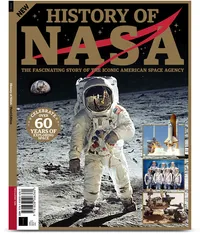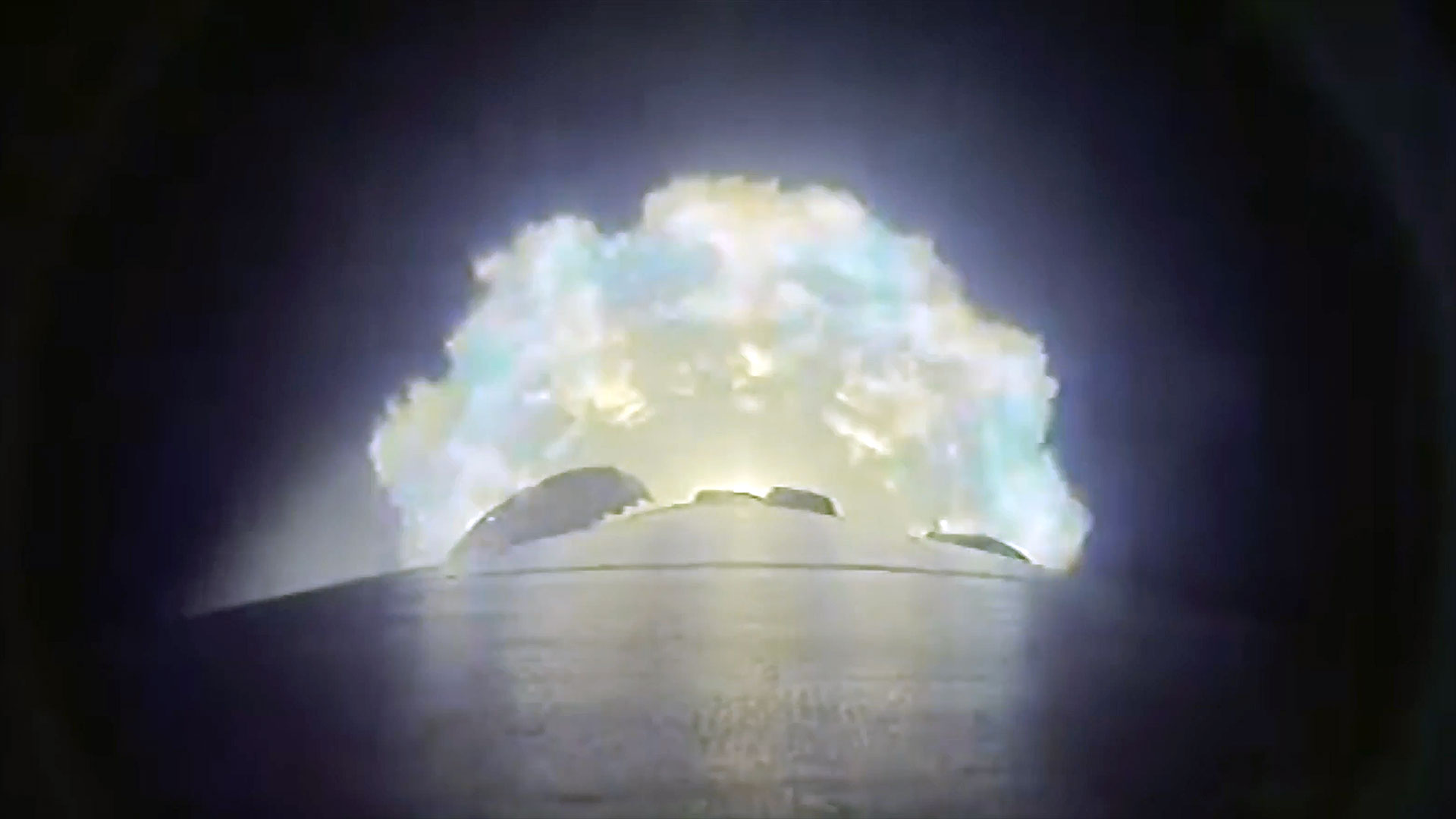Cygnus cargo ship honoring 'Hidden Figure' Katherine Johnson arrives at space station
Worms, an advanced supercomputer, an artificial retina experiment and more arrived at the International Space Station on a Cygnus cargo ship Monday (Feb. 22) after a two-day spaceflight.
The Northrop Grumman Cygnus NG-15 spacecraft bearing these experiments and more than 8,200 lbs. (3,719 kilograms) of supplies pulled up to orbiting complex at 4:38 a.m. EST (0938 GMT). The spacecraft is named after Katherine Johnson, a Black NASA mathematician and "Hidden Figure" best known for assisting with the first human moon-landing mission, Apollo 11, in 1969.
Expedition 64 astronaut and flight engineer Soichi Noguchi, of the Japanese Aerospace Exploration Agency, caught the S.S. Katherine Johnson using the robotic Canadarm2. Assisting him was NASA Expedition 64 astronaut and flight engineer Michael Hopkins, NASA said in an update. Activities were also carried live on NASA Television.
Video: Watch the Antares rocket launch of Cygnus NG-15!
Related: Private Antares rocket & Cygnus explained (infographic)
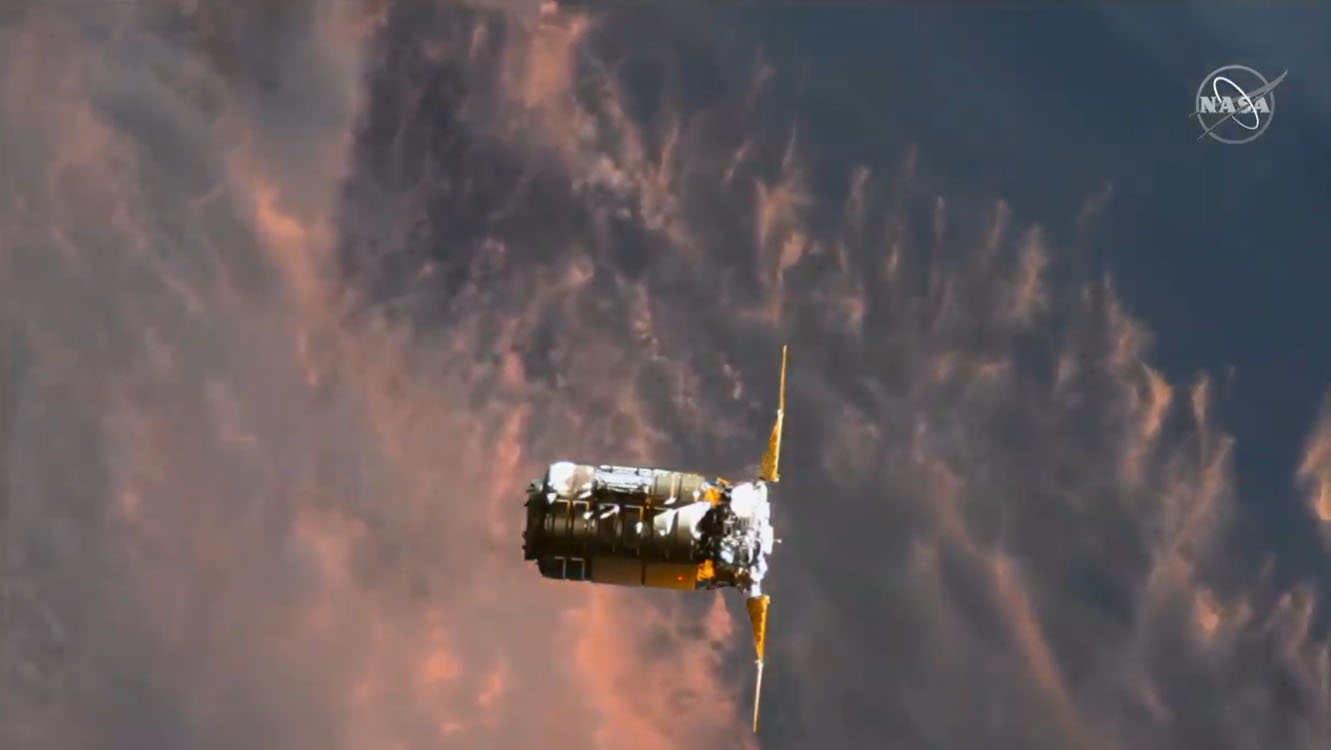
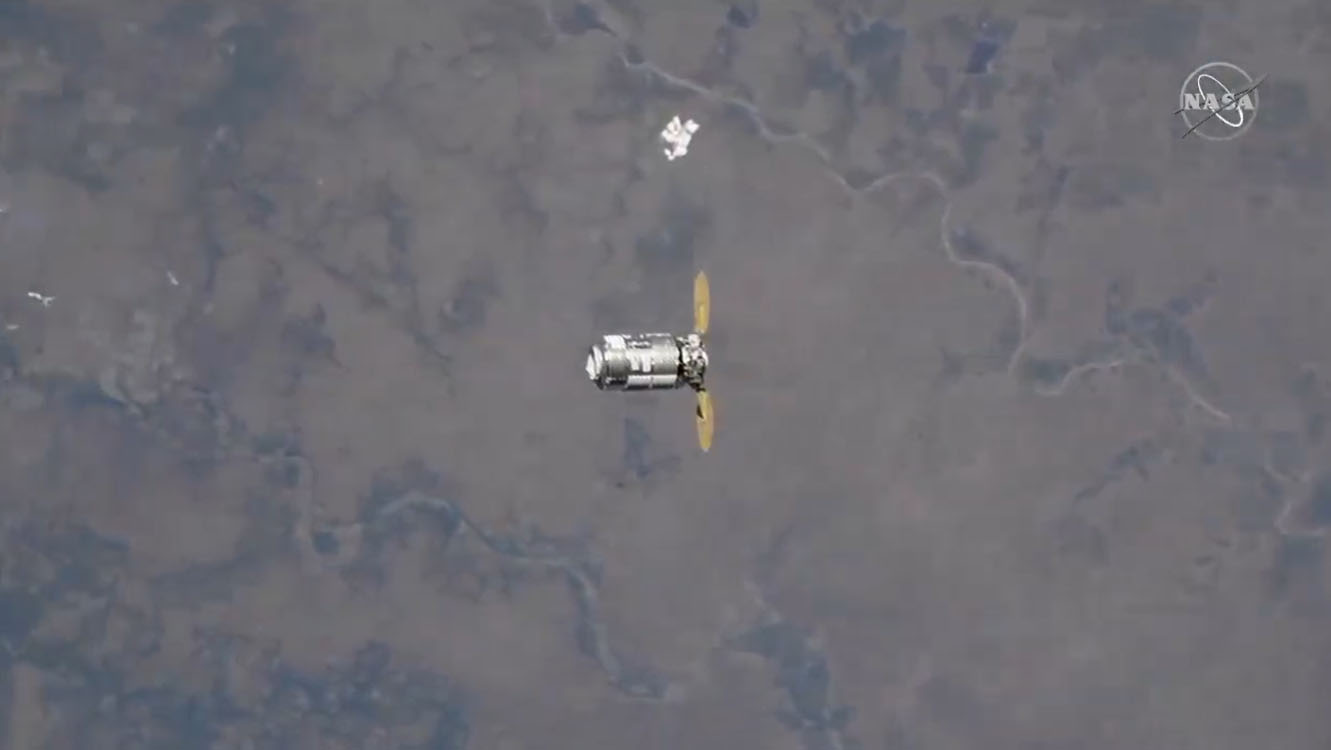

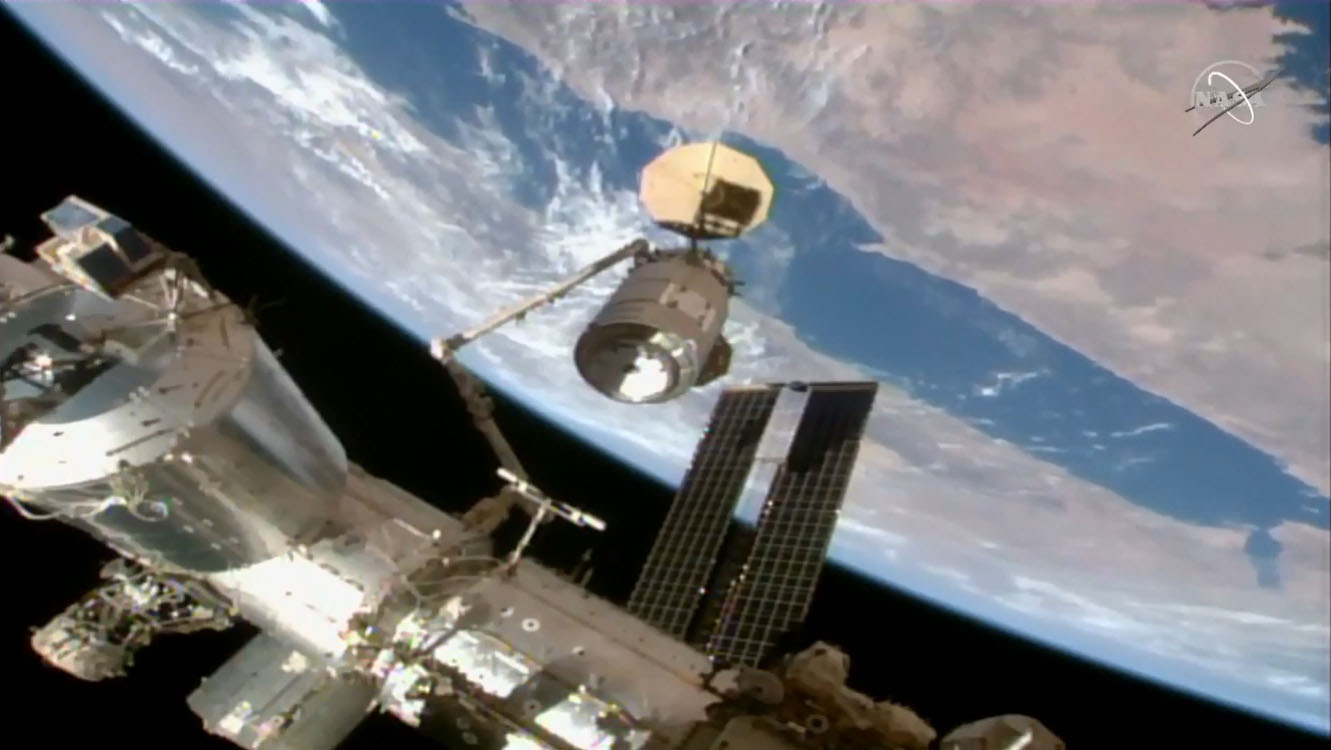
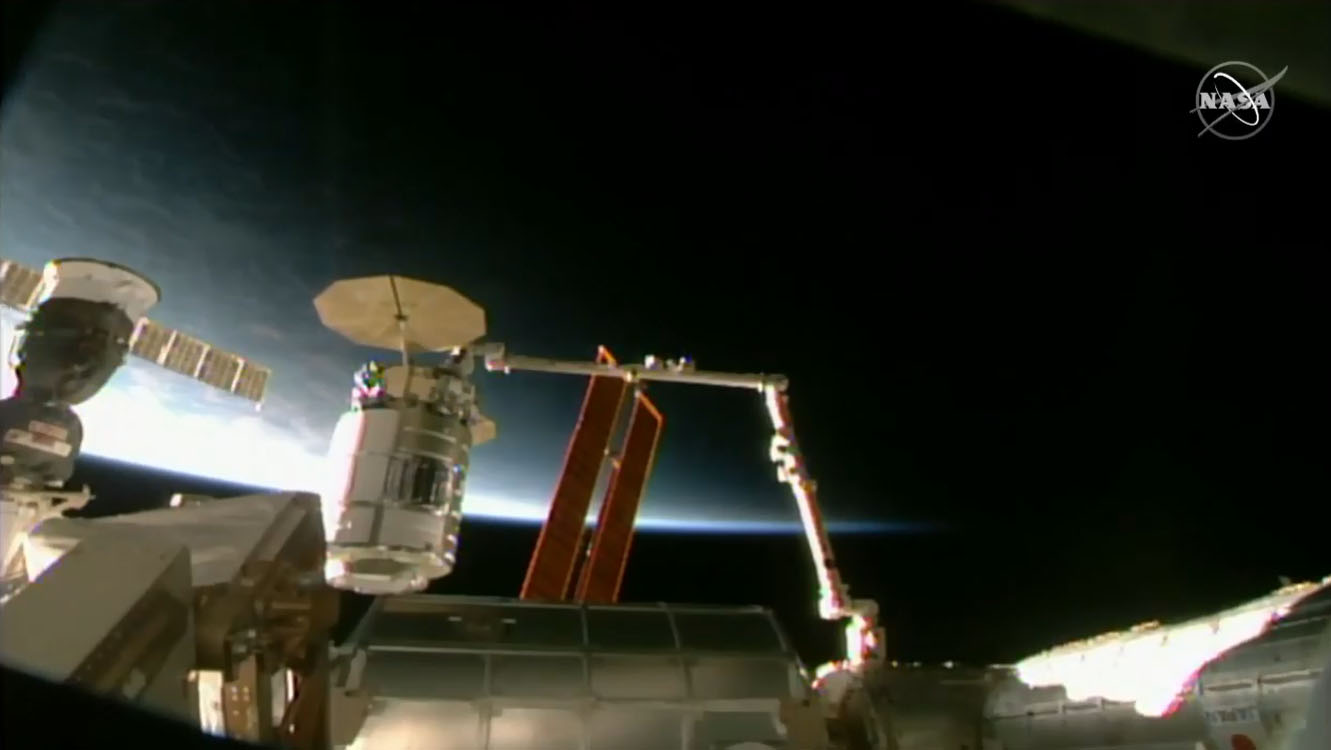
History of NASA: $22.99 at Magazines Direct
Discover the story of how and why NASA was created, its greatest triumphs, darkest days, and of the times it exceeded all possible hopes. A tale of adventure, heroism and resourcefulness, learn of the space agency's greatest achievements and how — over six decades — the organization has consistently and tirelessly devoted itself to its founding principle: that "activities in space should be devoted to peaceful purposes for the benefit of all humankind".
At 7:16 EST (11:16 GMT), ground controllers berthed the spacecraft to the Earth-facing port of the Unity module, where it was locked into place for a mission that will last until May, NASA said in a second update on the spacecraft.
Cygnus spent a little less than two days journeying to its destination after launching on a Northrop Grumman Antares rocket from Pad 0A of the Mid-Atlantic Regional Spaceport at NASA's Wallops Flight Facility in Virginia on Saturday (Feb. 20).
The experiments it launched included an investigation concerning worm muscle strength, an artificial retina experiment, and the SpaceBorne Computer-2 from Hewlett Packard Enterprise, the latter of which aims to reduce the amount of data sent to the ground by processing more information in orbit.
Breaking space news, the latest updates on rocket launches, skywatching events and more!
The ISS astronauts will unload everything from Cygnus and eventually reload it with trash, ahead of its departure in May. When the last Cygnus spacecraft left the space station in January, it hosted the latest of a series of experiments to investigate behavior of fire in space, called Saffire V. It also tested high-speed 5G communications before burning up in Earth's atmosphere, as planned.
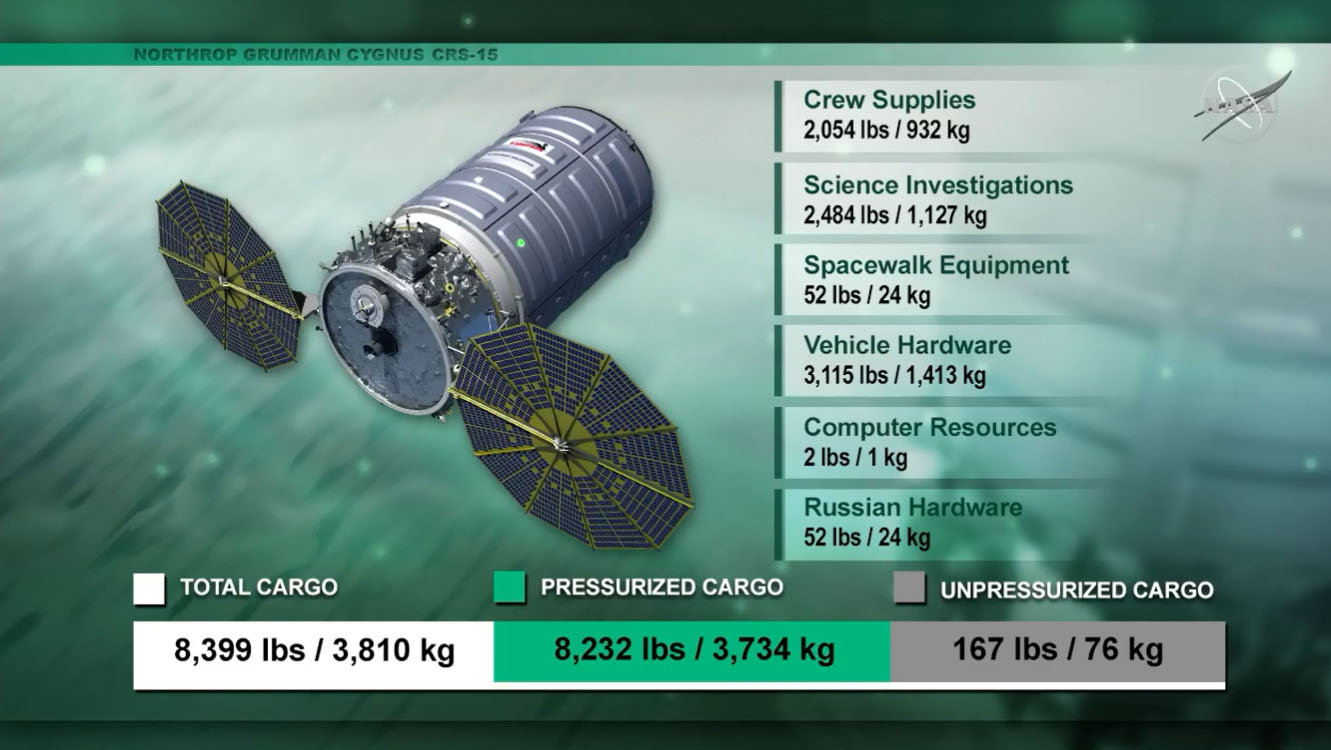
Follow Elizabeth Howell on Twitter @howellspace. Follow us on Twitter @Spacedotcom and on Facebook.

Elizabeth Howell (she/her), Ph.D., was a staff writer in the spaceflight channel between 2022 and 2024 specializing in Canadian space news. She was contributing writer for Space.com for 10 years from 2012 to 2024. Elizabeth's reporting includes multiple exclusives with the White House, leading world coverage about a lost-and-found space tomato on the International Space Station, witnessing five human spaceflight launches on two continents, flying parabolic, working inside a spacesuit, and participating in a simulated Mars mission. Her latest book, "Why Am I Taller?" (ECW Press, 2022) is co-written with astronaut Dave Williams.
